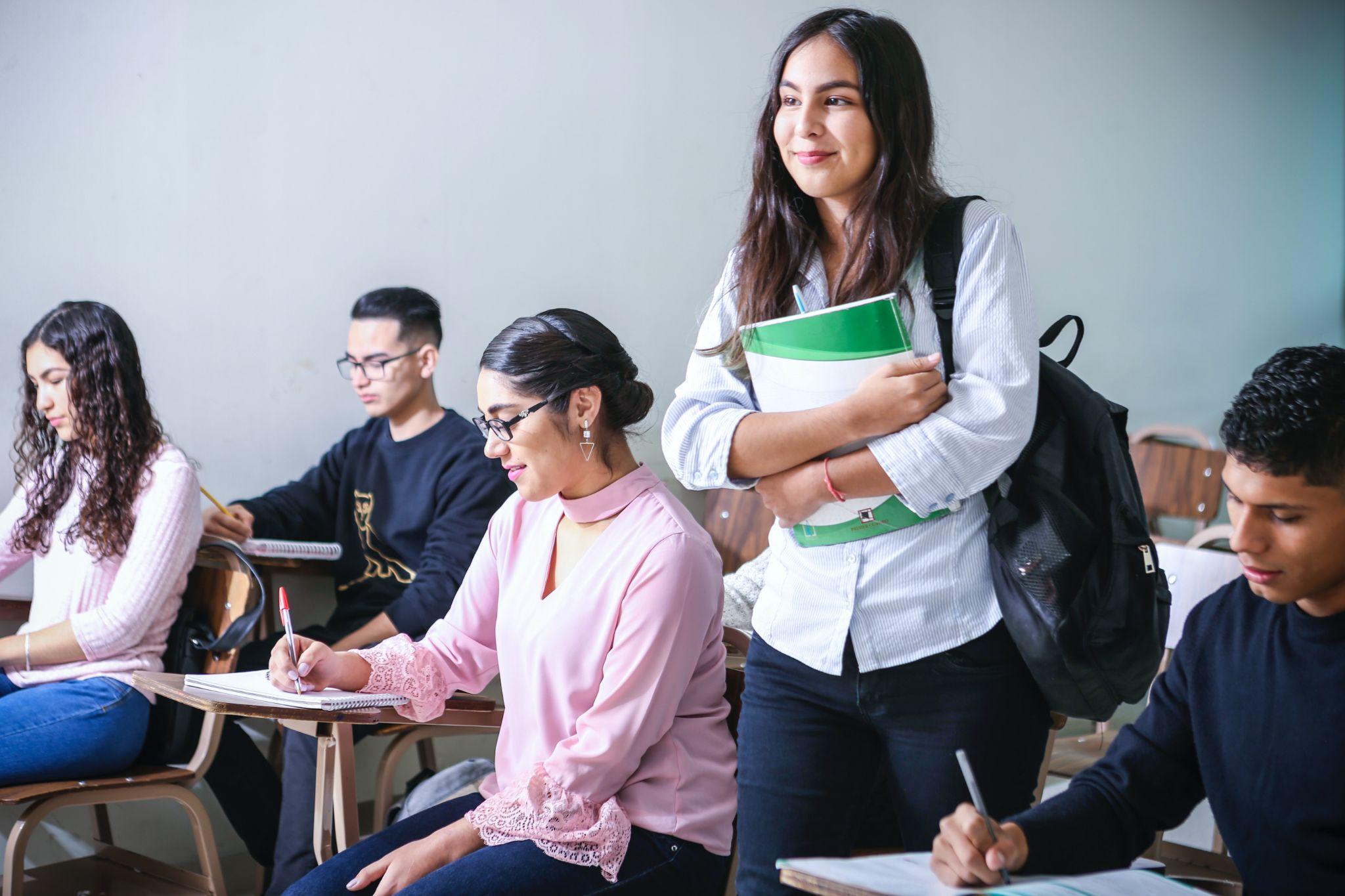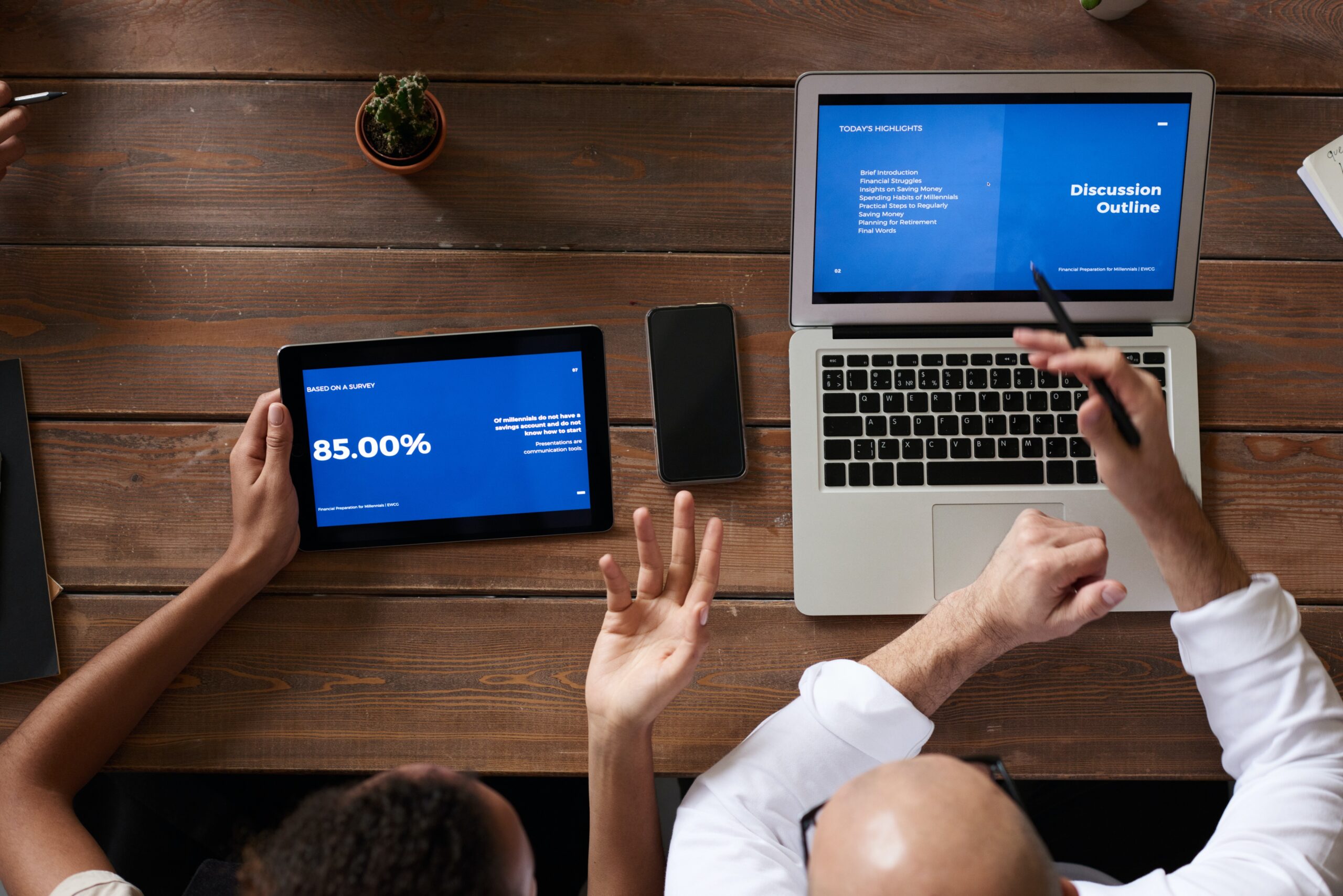The advancement in technology and tools has created countless opportunities for teachers, educators, and students to learn collaboratively, sharing their views and ideas. Unlike the traditional manual collection of student data, schools nowadays use different systems and software daily that stores lots of information about the students.
Everyone values their privacy, and in school, too, the student’s privacy should be protected. Schools keep a wide range of student information such as their details, family background, medical history, academic scores, reviews, etc.
But with the increase in trends of keeping student information, many ethical, legal issues may arise if there is a misuse of such sensitive information. This is the reason why schools block everything to ensure the safety of their students and improve academic performance. So, how can schools protect students’ privacy?
In this article, I have narrowed down 7 ways on how schools can protect students’ privacy. Read it below.
7 Ways Schools Can Protect Students’ Privacy
Following are the 7 ways schools can protect their students’ data and privacy. Read it to have a good guide to student data protection.
1. Limit the amount of students data collection
The most important way schools can protect their student’s privacy is to minimize the amount of data collection. The less amount of data they collect, the less chance of data misuse. It is a better step that schools can take to collect minimal and mandatory data as needed rather than unnecessary details of the students.
The student’s personal details such as basic information, family records, medical history, payment structures are the types of data that are necessary for the school. In contrast, their social security numbers, extended family links, and property statements are unnecessary for schools as they impose dangers on the students.
It can be taken as a precautionary method to reduce the chances of sensitive data leaks. Limiting the amount of individual student data can drastically change the load of records on the school’s systems database and help ensure students’ privacy.
2. Provide the minimal level of access necessary
Student data protection and privacy are critical not only for students but also for any organization. Thus schools should properly manage their students’ credentials and sensitive information within minimal access. Only required authorities should be provided the responsibility to get hold of individual students’ data.
The wide access of students’ personal information and records can be misused if it comes into the hands of intruders. So, specific access should be assigned to the designated authorities or managers.
Schools should keep in mind the information of each student that other people or organizations want to access and should not hand them any information without consent from the students, parents, and teachers. This way, schools can protect students’ privacy.
3. Use encryption and security measures.
Security is a must when ensuring students’ privacy and data. School systems are based on software and online systems to properly manage all the data and information. And through this, security hazards may arise as security is a vulnerable issue.
So, there must be proper security measures for transferring student data securely. Standard encryption methods can safeguard students’ personal information, and a secure internet connection should be ensured in the school networking system.
Schools should implement the process of file transfer, backups, and email through secure HTTPS and encryption tools if it is being sent outside the school. If any security breaches occur, then students, parents, and students should be notified as soon as possible.
4. Delete Unnecessary Student Records
School databases are huge in quantity, filled with records and information of past students and unnecessary details. One of the ways schools can protect students’ privacy is delete the past papers and unnecessary data of the students.
For instance, the database can be set to erase the records of attendance, school discipline, complaints after, say, 6 years of graduation, whereas important records such as transcripts and certificates should be kept permanently.
Deleting unnecessary records of the students can be beneficial to protect students’ privacy. If the school administration no longer needs their student’s data, they can erase it. School authorities should be specific about the retention time of the records.
5. Adopt laws and policies
Schools should adopt proper community rules and legacies to ensure students’ privacy. In the USA, FERPA and COPPA compliances have given certain rights to collecting and storing student records.
Such measures should be adopted along with the school guidelines, and students’ privacy policy should be amended in the schools where there is the bare minimum for privacy policies.
All the school authorities, parents, and students should be asked about their views and what they want to be included in protecting the privacy, types of data, and records collected, and these policies should be enforced properly.
6. Regular updating and inspection
Student data and records change regularly, and with the addition of new data, the system should properly update and inspect the student’s current information.
They should periodically do content filters and monitoring activity on their school networking systems if there are any security threats or hazards and should be resolved immediately, if any.
Also, firewalls can be put, required hardware and software should be there with required modification from time to time to ensure online safety. This can provide a clear view of the present data on students’ privacy.
7. Talking with students, parents, and guardians.
Establishing contact with the students and talking to their parents and teacher about their rights and privacy can help safeguard students’ privacy. They have to have access to the information on who can further access their data.
Transparency is the key here for ensuring students’ privacy. Schools should have transparency if parents need access to their child’s data and previous records. Similarly, schools should not disclose any personal information regarding the students to outer organizations, companies, or individuals.
Conclusion
Privacy is a sensitive topic for anyone. And with the rise of schools keeping records of their students, students’ privacy must be ensured. Intruders and hackers are prying on every corner of the internet to steal sensitive information. Ensuring online safety is a much-needed element when going digital.
And the information collected on students can be misused by such intruders, so the schools must protect their students’ privacy. The above mentioned are 7 ways how schools can protect students’ privacy. Thanks for reading our guide to student data protection!














